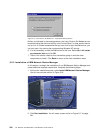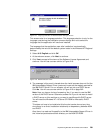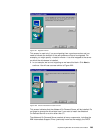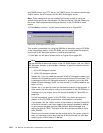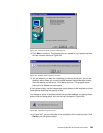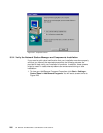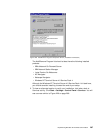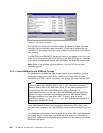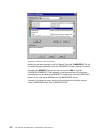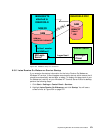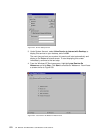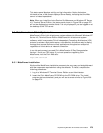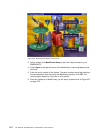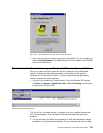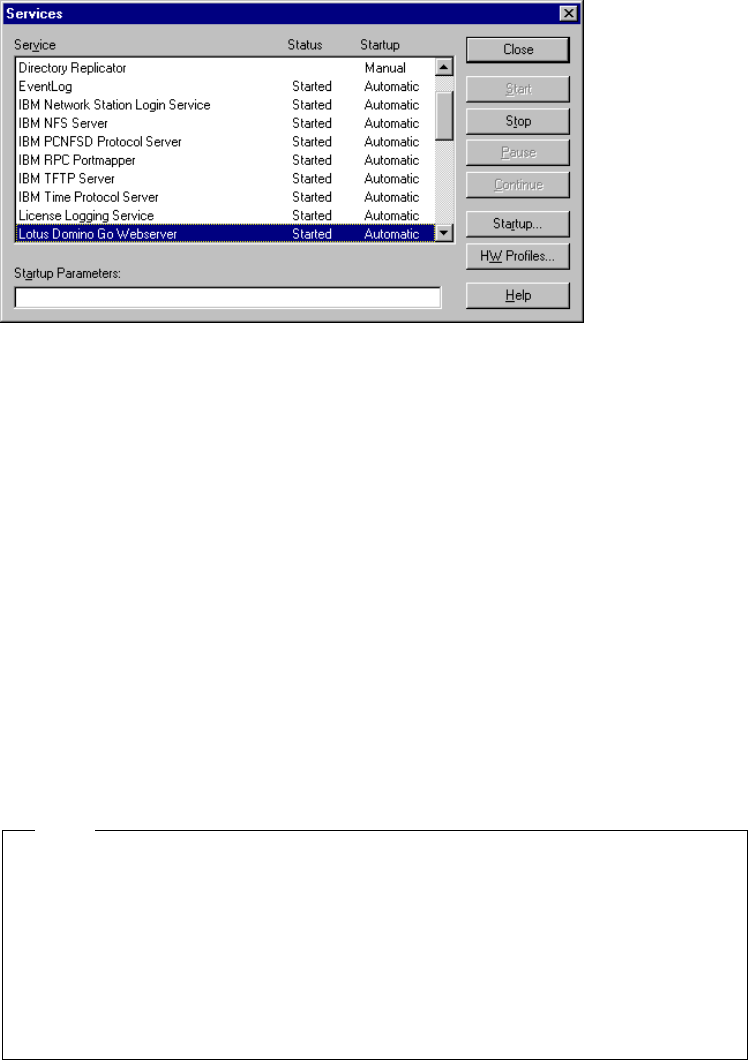
268 J.D. Edwards’ OneWorld B73.3 and Windows Terminal Server
Figure 229. Installed Services Screen
The fact that all of these services have a status of Started is probably the best
indication that the installation was successful. If there was a problem with the
installation, it is probable that one or more of these services would not be able to
start correctly.
The IBM DDNS and IBM DHCP Server services may not appear in this list if you
chose not to use the Microsoft DHCP Server or the IBM DHCP Server. However,
all the other services whose names start with IBM in the above list are required.
Note: Some of the services might be different if you do not have the North
American version.
9.5.5 Create NSMAdmin and NSMUser Groups
The NSMAdmin and NSMUser user groups created by the installation process
are always created on the local server (except in one case, which is for an
installation on a BDC, in which case these user groups are created on the PDC).
If your IBM Network Station users are already defined on a PDC, these users
must be made members of the local NSMUser group on the server where they log
on.
If all these users are already part of a global group on the PDC, then the easiest
and fastest way to include them in an NSMUser local group on a stand-alone
server is to make the domain’s global group a member of the stand-alone server’s
NSMUser local group.
You must define each Network Station user in your network and add each
Network Station user to the NSM User Group. To limit administrative control,
you should put the user in the NSMUser Group only. To assign full
administrative control, put the user in both the NSMUser and the NSMAdmin
groups. For more information on managing users see
IBM Network Station
Manager Installation and Use,
SC41-0664. To view or print the latest
publications, go to
http://www.ibm.com/nc/pubs also note that documentation is
available on the NSM CD-ROM.
Note



